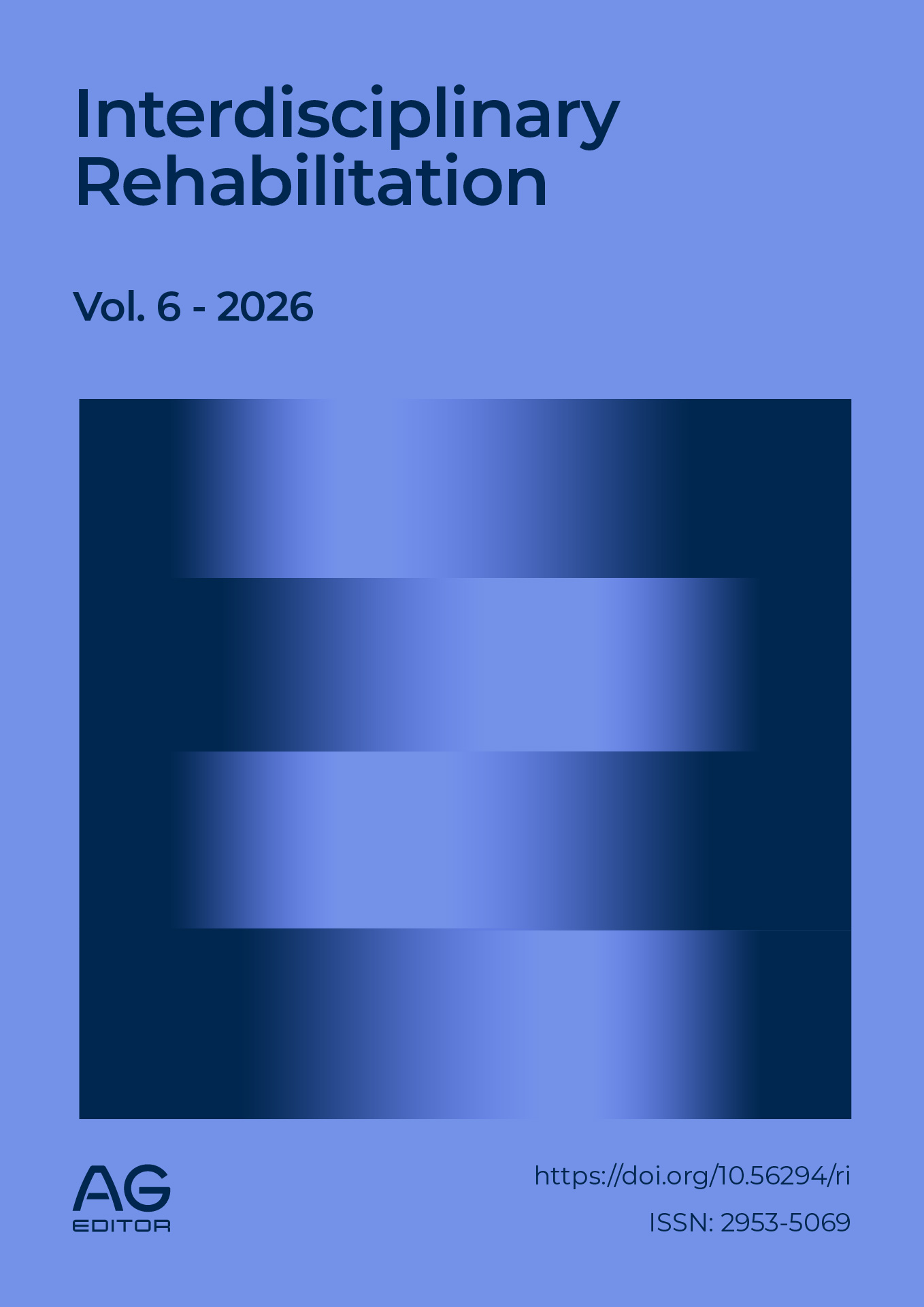Predictors of mortality in older adults with hip fracture
DOI:
https://doi.org/10.56294/ri2026216Keywords:
hip fracture, predictors, mortalityAbstract
The incidence of established mortality predictors that link patients with hip fracture older than 60 years with an increase in mortality, who underwent surgery at the General Hospital "Abel Santamaría Cuadrado" from 2020 to 2022, was determined. A descriptive, prospective and longitudinal study was carried out from clinical records, data collected through the Report Information System - FCA used in the National Hip Program, from outpatient follow-up, from reports from the statistics department of the General Hospital Abel Santamaría Cuadrado and the Provincial Health Directorate. With a universe of 764 patients of which 512 entered the study, of this 68% of the sample was represented by the female sex, where the most representative age group were patients from 80 to 89 years old, which constituted 41% of the sample. The most represented comorbidities were Arterial Hypertension (88%) and Diabetes Mellitus (54%); 74% of patients underwent surgery within 24 hours and 72% were independent before surgery. The age group was 80 to 89 years, with a predominance of females, with a wide range of comorbidities, including high blood pressure and diabetes mellitus. There was a close relationship between age and mortality. Validity and family support influenced the evolution, related to the appearance of complications such as infections, thromboembolism, among others. Evidencing concatenation between some of the predictors in elderly patients operated on.
References
1. Sisk TD. Fracturas. En: Edmonson AS, Crenshaw AH, Campbell. Cirugía Ortopédica. 6ta. ed. La Habana: Editorial Científico-Técnica; 2019, t1. p. 507-710.
2. Martínez Páez J. Nociones de ortopedia y traumatología. La Habana: Edición Revolucionaria; t1. p. 269-267.
3. Murgadas Rodríguez R. Lesiones traumáticas de la cadera. En: Álvarez Cambras R, Ceballos Mesa A, Murgadas Rodríguez R. Tratado de cirugía ortopédica y traumatológica. La Habana: Editorial Pueblo y Educación; 1985 t1. p. 313-29.
4. Proyección de la población cubana. Datos y cifras. [Internet]. [consultado 24 feb 2023]. Disponible en: http://www.sld.cu/galerias/pdf/sitios/gericuba/introduccion-05.pdf>
5. Osteoporosis prevention, diagnosis, and therapy. NIH Consens Statement 2018; 17: 1-45.
6. Envejecimiento. Políticas sociales y sectoriales en Cuba. [Internet]. [consultado 24 feb 2023]. Disponible en:
http://www.eclac.cl/celade/noticias/paginas/3/40183/RolandoGarc%C3%ADapdf.pdf>
7. Coutin Marie G, Torres Vidal M. Variación estacional de la mortalidad por accidente según causas seleccionadas, Cuba 1996-2006. Revista Cubana de Higiene y Epidemiología [Internet]. 2010 [consultado 24 feb 2023]; 48(1). Disponible en: http://bvs.sld.cu/revistas/hie/vol_48_1_10/hie04110.htm>
8. Pérez Rivera O, Polanco L, Santana L. Morbilidad y mortalidad por fractura de cadera durante el quinquenio 2001-2005. Revista Cubana Ortopedia y Traumatología [Internet]. 2007[consultado 24 feb 2023]; 21(2). Disponible en:
9.Junco DA, Murgadas R, Guardia A, Rodríguez P, Hernandez JC. Evaluación preoperatoria modificada del anciano con fractura de cadera. MEDISAN [Internet]. 2006 [consultado 24 feb 2023]; 10(2). Disponible en:
<http://bvs.sld.cu/revistas/san/vol10_2_06/san08206.htm>
10. Prevention and management of hip fracture in older people. A national clinical guideline. Scottish intercollegiate guidelines network [Internet]. 2020[consultado 24 feb 2023]. Disponible en:
Published
Issue
Section
License
Copyright (c) 2026 Rafael Díaz Domínguez, Emmanuel González Chamant, Bruno Raúl Llera Arteaga, Guillermo Reyes Chirino, Luis Racirt Breijo Mato (Author)

This work is licensed under a Creative Commons Attribution 4.0 International License.
The article is distributed under the Creative Commons Attribution 4.0 License. Unless otherwise stated, associated published material is distributed under the same licence.





